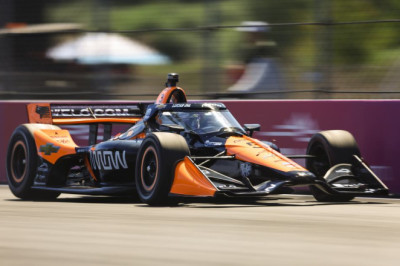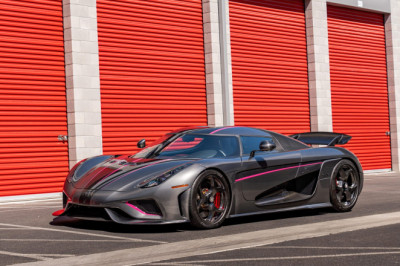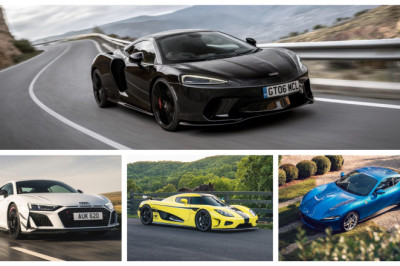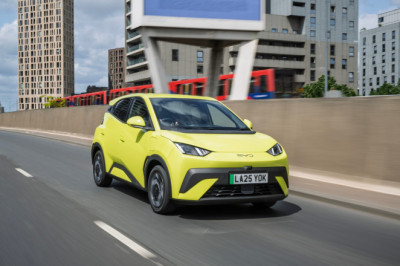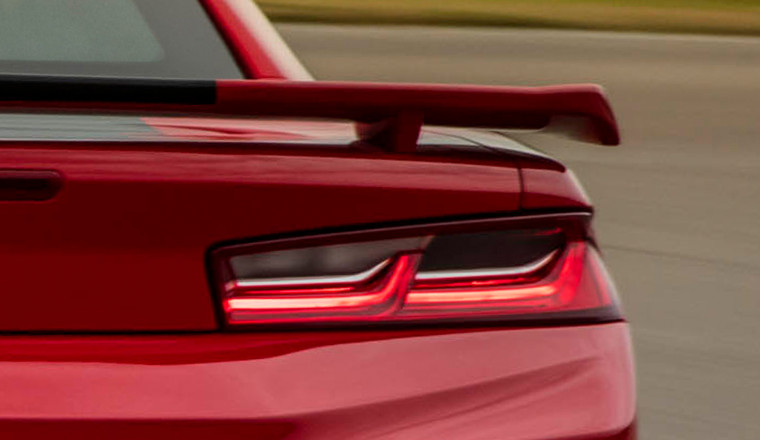
The top 20 most-likely-to-be-stolen cars in America list has just been updated by The Insurance Institute for Highway Safety (IIHS) and Highway Loss Data Institute (HLDI) which keeps track of these things. This new report is based on the ratio of theft claims to the total examples on the road, not total theft volume. There are a few surprises on the list. The number-one car makes sense, but, would not have been my guess for the most-popular vehicle among thieves by such a huge margin.
The Chevrolet Camaro, specifically the top-tier ZL1, is now the most-stolen car in the US per capita, so to speak. Non-ZL1 Camaros are third. “Relative to its numbers on the roads, the Camaro ZL1 had a whole-vehicle theft rate 39 times the average for all vehicles. The frequency of whole-vehicle theft claims for the standard Camaro was 13 times as high as the average,” the HLDI details in newly released research.
The Camaro was officially killed at the end of the 2024 model year, but it’s still a somewhat common car. The sixth and final generation came out in 2016, which is a pretty long run for any model. The ZL1, which packs a 6.2-liter supercharged V8 claiming 650 horsepower, is decidedly more exotic and apparently statistically far more likely to be stolen than anything else.
The HLDI’s research indicates that sixth-gen Camaros are particularly easy to steal (hey—don’t get any ideas) because “thieves are able to clone the key code for newer Camaros by accessing the on-board ports that technicians use to retrieve diagnostic codes and monitor data about fuel economy, emissions and other aspects of performance.”
It’s enough of a concern that an entire research paper about Camaro thefts has been published, detailing the history of these cars disappearing over the last few years. You can look at that right here:
It seems that there was a spike in sixth-gen Camaro thefts in 2023, which continued into last year. The HLDI reports that the 2016 model year represented a significantly higher risk for theft than previous ones. The Institute indicates that the push-button start system, which was also introduced with the 2016 model year, may be part of the reason for this increase in theft-loss.
“That analysis showed that theft claim frequencies — both whole-vehicle and smaller claims — for Camaro variants were relatively stable from 2020 through 2022 but rose sharply in 2023 and continued to climb through much of 2024. It also indicated a clear break in the pattern beginning with model year 2016, which was when a keyless, push-button start system was introduced,” the IIHS reported.
“Claim frequency for the newer models [2016+] peaked in March 2024 at 18.3 claims per 1,000 insured vehicle years, compared with about 1.3 claims per 1,000 insured vehicle years for 2010-15 models. (One insured vehicle year equals one vehicle insured for one year, two vehicles insured for six months, and so forth.)”
Looks like Kias and Hyundais have finally recieved the right updates to get them off thieves’ radar—as you may recall, those vehicles were experiencing major issues with theft as they were so easy to steal you could get one started with a USB cable a few years ago.
I’m not terribly surprised that the Camaro ZL1 is attractive to thieves. Cars are typically either stolen for joyrides, export, or parts-stripping and the uber-Camaro is enticing for any of those reasons. But number one? I would have expected a Hellcat of some kind. In fact, the absense of Chargers and Challengers on this list is a little surprising to me, since they’re often cited as the most-stolen car by volume. But I guess there are just so many of them out there that they’re able to maintain a favorable stolen-to-not-stolen ratio.
Remember, this list ranks the cars by how many are stolen relative to how many are on the road, not how many are stolen in total. Still, I’d keep a very close eye on your Camaro, Acura TLX, or GM pickup truck after reading this.
Got a tip? Drop us a line at tips@thedrive.com.
Automotive journalist since 2013, Andrew primarily coordinates features, sponsored content, and multi-departmental initiatives at The Drive.





